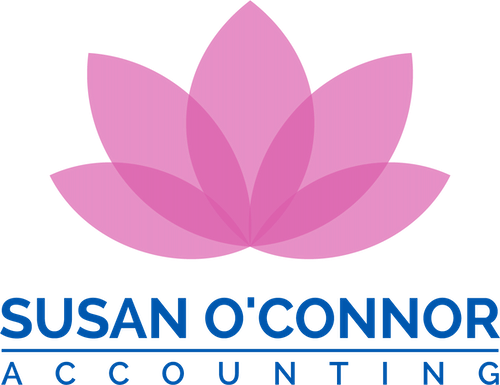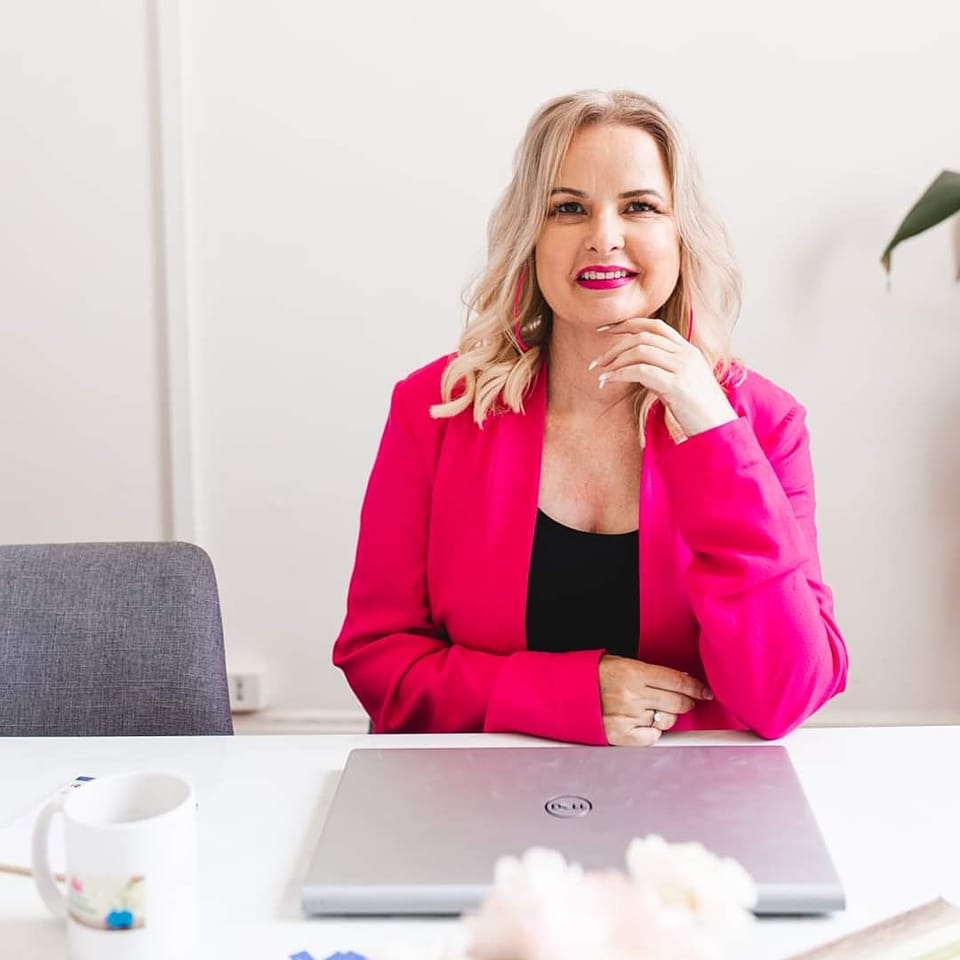For clients with capital gains, higher taxable income in one year or a bumper year in business an extra tax deduction may be useful to minimise tax.
Also, tax cuts coming into effect in 2024-25 means a tax deduction is more valuable in 2023-24 than in 2024-25.
A strategy known as a “double deduction strategy” can be used by a Self-managed Super Fund (SMSF) using “contributions reserving”.
What is “contributions reserving”?
According to Superannuation Legislation, when an SMSF receives a contribution, the Trustees have 28 days after the end of the month in which that contribution is received to allocate that contribution to a member’s account. This provides an opportunity in an SMSF when a contribution is received in June at the end of a financial year and is not required to be allocated to a member until July of the following financial year.
In simple terms, the member can claim a tax deduction for two years deductions, i.e. this financial year; and next financial year which is contributed in June but not allocated until July of the next financial year. The fund pays tax on the full amount (15%) this year. Only the amount allocated to this year counts towards this year’s caps and therefore even though contributing and claiming a “double deduction” the member does not exceed the concessional contribution caps. For example, a member can make contributions during 2023-24 of $27,500 and a further contribution of $30,000 in June 2024 without exceeding the contribution caps. (Concessional contributions include all deducible contributions including employer contributions).
Expert advice should be sought from a Licensed Adviser as there are risks involved with this strategy, for example, if the rules are not strictly followed, or the caps are exceeded in the following financial year, the ATO may issue an Excess Concessional Contributions Determination.
Appropriate allocation resolutions must be prepared by the Trustees and a Request to adjust concessional contributions form must be sent to the ATO. Notices of Intent to claim a tax deduction must also be prepared, and you must get an acknowledgment from the fund prior to lodging your tax return. Also, care should be taken to ensure the amount contributed in June is a separate discrete amount as the ATO will not accept breaking up contributions into individual amounts to reserve.
If utilised correctly this is a very useful strategy to minimise tax in one year and can also be used in combination with the unused carry forward amounts if eligible.
Case Study:
Terri is 55, self-employed and has a TSB of less than $500,000 on 30th June of the previous financial year. Terri made a personal capital gain of $400,000 from sale of an investment property. The net capital gain assessable for income tax purposes is $200,000 as the asset was held for more than one year after applying the 50% discount.
| Financial Year | 2018-19 | 2019-20 | 2020-21 | 2021-22 | 2022-23 | 2023-24 |
| Cap | 25,000 | 25,000 | 25,000 | 25,000 | 27,500 | 27,500 |
| Actual | – | – | – | – | 2,500 | 152,500 |
| Unused Cap | 25,000 | 25,000 | 25,000 | 25,000 | 25,000 | – |
| Carry FD | 25,000 | 50,000 | 75,000 | 100,000 | 125,000 | – |
| TSB | 155,0000 | 165,000 | 165,000 | 170,000 | 170,000 | 175,000 |
This year (2023-24), Terri has $125,000 of unused carry forward contributions from 2018-19 to 2022-23 that she is contributing into her SMSF. This is after Terri contributes $27,500 for this year (23-24) and $30,000 (24-25) for next year, using the contributions reserving strategy. By contributing a total of $182,500 into super, on a total capital gain of $500,000 Terri will only pay tax on $17,500 of the net capital gain at her marginal rate.
As you can see there are technicalities involved in utilising this strategy, and it is always best to speak to a SMSF expert, like ourselves, who can provide advice. This is general advice only and I have not considered your personal objectives or circumstances, please speak to a Licensed Adviser before proceeding.
Information current as at 14 June 2024.


